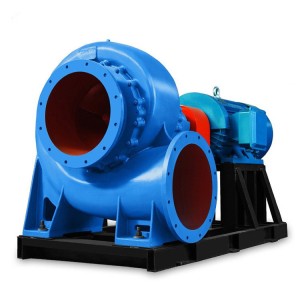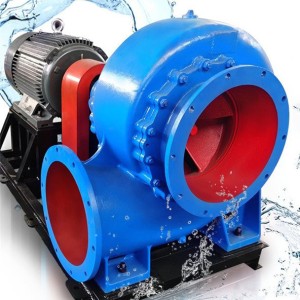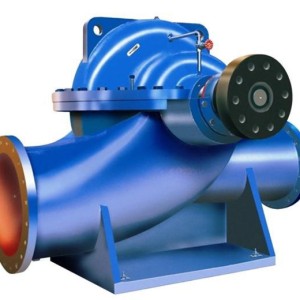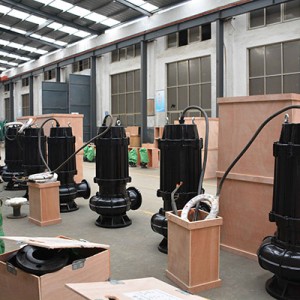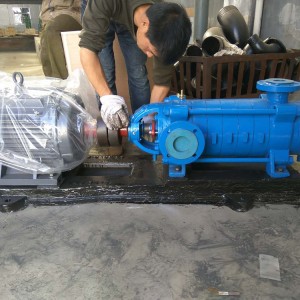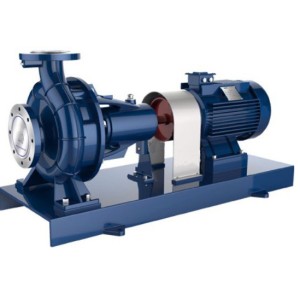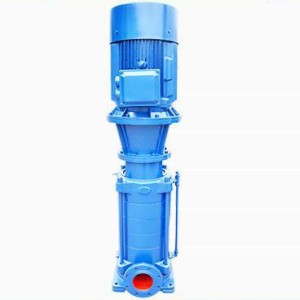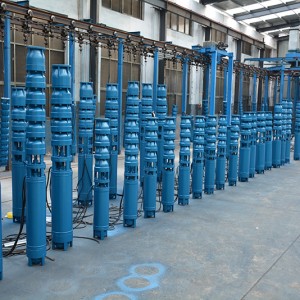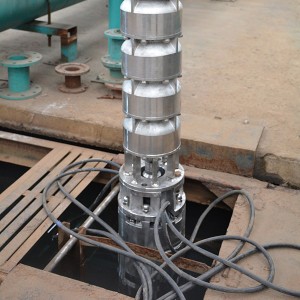The sewage pump is the same as other pumps. The impeller and the pressure chamber are the two core components of the sewage pump. The pros and cons of its performance also represent the pros and cons of the pump performance, the anti-clogging performance of the sewage pump, the level of efficiency, and the cavitation performance. The anti-abrasion performance is mainly guaranteed by the two components of the vane pump and the pressurized water chamber.
The structure of the impeller is divided into four categories: blade type (open type, closed type), swirl type, flow channel type, (including single flow channel and double flow channel) spiral centrifugal type.
The open-type semi-open impeller is easy to manufacture. When the impeller is blocked, it can be easily cleaned and repaired. However, in long-term operation, the abrasion of particles will increase the gap between the blade and the side wall of the pressurized water chamber. Reduce efficiency. And the increase of the gap will destroy the pressure difference distribution on the blade. Not only produces a large amount of vortex losses, but also increases the axial force of the pump. At the same time, due to the increase in the gap, the stability of the liquid flow in the flow path is destroyed, causing the pump to vibrate. This type of impeller is not easy to transport For media with large particles and long fibers, in terms of performance, this type of impeller has low efficiency. The highest efficiency is about 92% of that of an ordinary closed impeller, and the head curve is relatively flat.
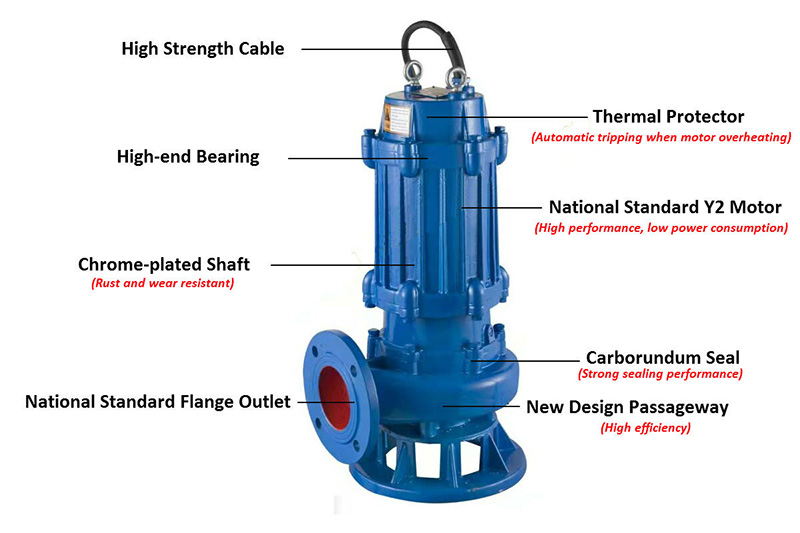
Swirl impeller:
For pumps with this type of impeller, the impeller is partially or completely retracted away from the flow passage of the pressurized water chamber. Therefore, the non-clogging performance is good, the particle passing ability and the long fiber passing ability are strong. The particles flowing in the pressurized water chamber are driven by the vortex generated by the rotation of the impeller. The suspended particles themselves do not generate energy, but exchange energy with the liquid in the flow channel. In the flow process, the suspended particles or long fibers do not contact the blades, and the blades are more abraded. There is no situation that the gap is enlarged due to abrasion. In the long-term operation, it will not cause the problem of serious decline in efficiency. Type impeller pump is suitable for pumping medium containing large particles and long fibers.
In terms of performance, the efficiency of the impeller is relatively low, only equivalent to about 70% of the ordinary closed impeller, and the head curve is relatively flat.
Spiral centrifugal impeller:
The blades of this type of impeller are twisted spiral blades that extend axially from the suction port on the conical hub body. This type of impeller pump has the functions of a positive displacement pump and a centrifugal pump. When the suspended particles flow through the blades, they will not hit any part of the pump, so it has good non-destructive performance. The damage to the conveyed material is small. Due to the propelling effect of the screw, the suspended particles can pass through, so the pump adopting this type of impeller is suitable for pumping the medium containing large particles and long fibers, as well as the medium with high concentration. It has obvious characteristics when there are strict requirements on the damage of the conveying medium. In terms of performance, the pump has a steep drop in the head curve, and the power curve is relatively flat.
Closed impeller:
This type of impeller is normally more efficient. And in the long-term operation, the situation is relatively stable. The axial force of the pump adopting this type of impeller is small, and auxiliary vanes can be set on the front and rear cover plates. The auxiliary blades on the front cover can reduce the vortex loss at the impeller inlet and the wear of the sealing ring caused by particles. The auxiliary vane on the back cover not only plays the role of balancing the axial force, but also prevents suspended particles from entering the mechanical seal cavity to protect the mechanical seal. However, this type of impeller has poor non-blocking properties and is easy to entangle, and is not suitable for pumping untreated sewage media containing large particles (long fibers).
Runner impeller:
This kind of impeller is a bladeless impeller, and the impeller flow path is a curved flow path from the inlet to the outlet. Therefore, it is suitable for pumping media containing large particles and long fibers. Good blocking resistance.
In terms of performance, the high efficiency of this type of impeller is not much different from that of an ordinary closed impeller, but the lift curve of the pump with this type of impeller drops steeply. The power curve is relatively stable, and it is not easy to cause overpower problems, but the cavitation performance of this type of impeller is not as good as that of the ordinary closed impeller, and it is especially suitable for use in pumps with pressure inlets.
Post time: 2021-11-30


